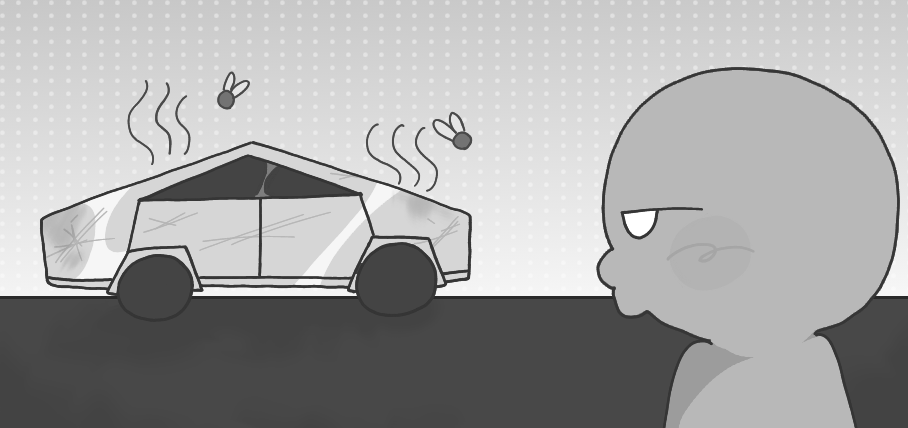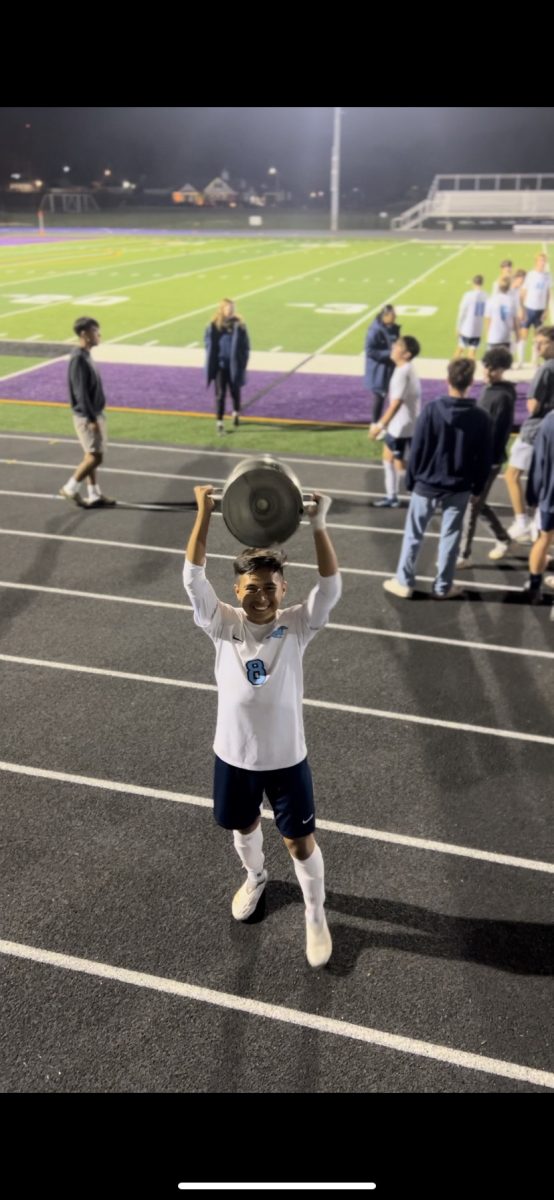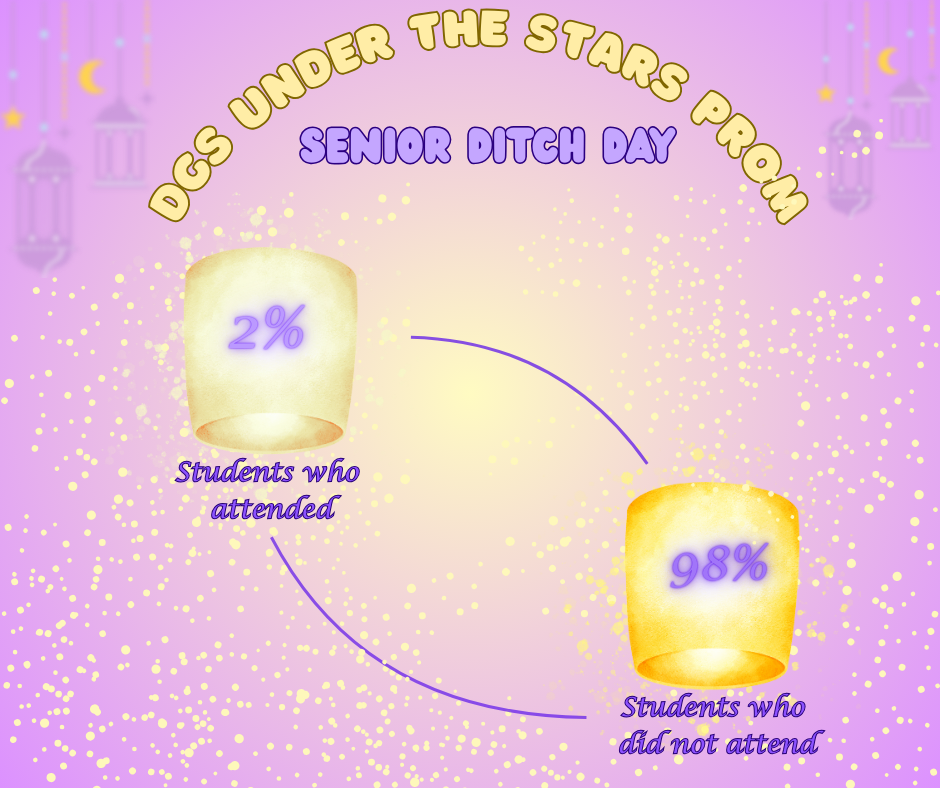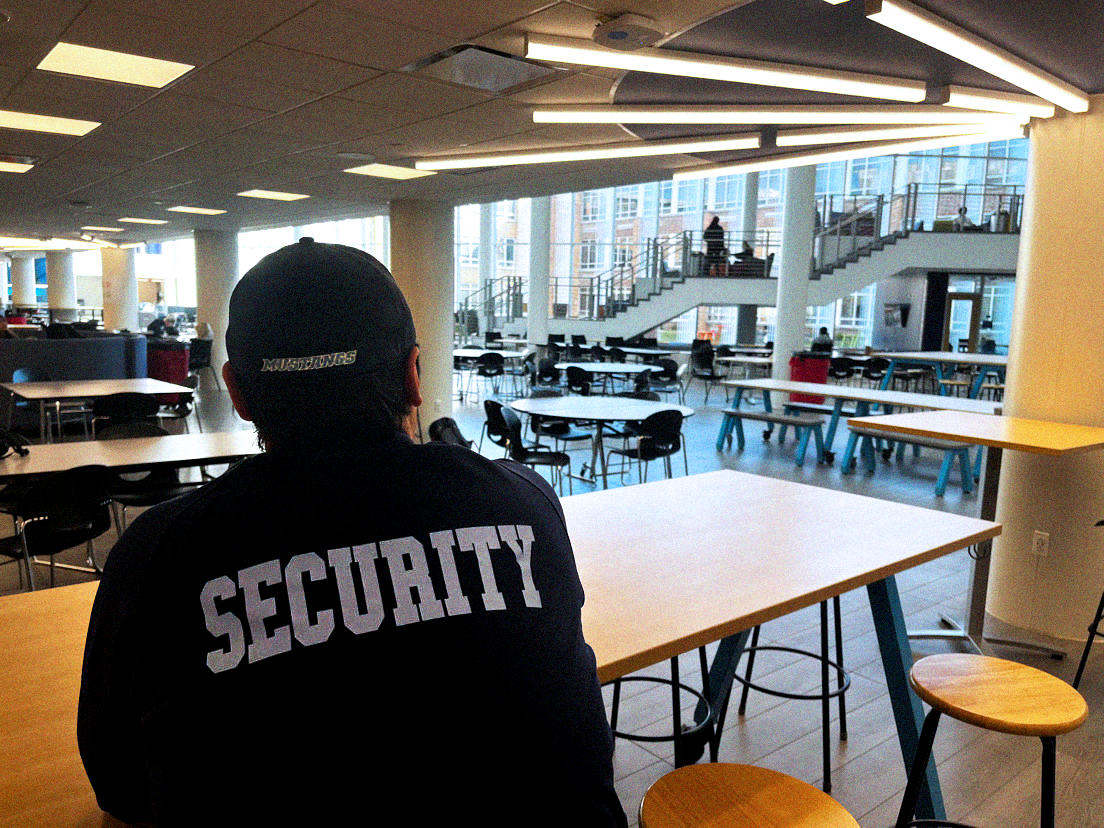
About the Contributors
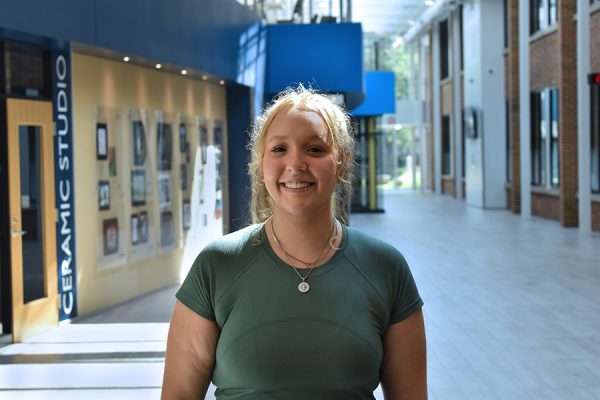
Sabrina Crowley, Copy Editor
Senior Sabrina Crowley is so excited for her first year on the Blueprint staff as a Copy Editor. As the daughter of two English teachers, Crowley has loved writing for as long as she can remember. However, her interest sparked in her freshman year when she joined the speech team and found love in writing about various topics that she is interested in.
Now, Crowley is about to begin her final season on the speech team after competing for three years, including in the IHSA Speech State Series. She has a passion for theater and enjoys being in the plays and musicals. She is the current vice president of Masque and Gavel and loves to sing, whether it be solo or with her friends in choir.
In the future, Crowley hopes to study musical theater in college. She loves New York City and dreams of living there. When she is not busy with school, work or activities, you will most likely find Crowley reading, listening to music or spending time with friends.
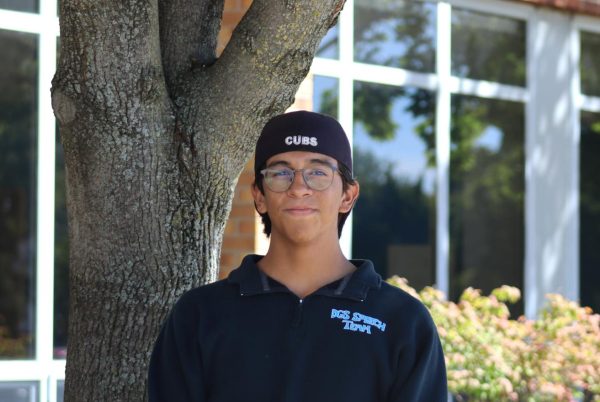
Sebastian Blanco, Features Editor
Senior Sebastian Blanco is a Features Editor in his second year on the Blueprint staff. Here at DGS, Blanco is an ILMEA all-state and honors student, president of our Masque & Gavel club, a state journalism champion in radio news and a national speech champion in expository.
When not at school (which is almost never), you may find Blanco playing tabletop games such as D&D or Magic: The Gathering, out driving with friends or binge watching Riverdale. While the school year doesn’t offer much time for a job, Blanco enjoys spending his summers working for the Brookfield Park District as a camp counselor.
Once graduated, he hopes to attend a four year college or university studying musical theater while also keeping his passion for journalism alive on the side.
Blanco is excited to further his passion of sharing stories with others through his writing, as well as exploring the medium of audio and podcasting more in-depth this school year.

Juliana Conyer, Editor-in-Chief
Senior Juliana Conyer is an Editor-in-Chief for the Blueprint Staff. This is her second year as a staff member, but she has been a part of the publication for three years. Besides journalism, Conyer is a part of book club, the varsity speech team, the PE Leading program, the service coordinator for the National Honors Society, a Mustang Way Access Leader, an English tutor and the president of student council.
Conyer was part of the 2023 IHSA Journalism team and took first place at the sectional competition for Yearbook Caption Writing. She advanced to state and became the champion in the event. In 2024 Conyer qualified for IHSA Speech State Series in the events of Special Occasion Speaking and Impromptu Speaking, and ended up taking fourth place for the latter.
In the summer of 2024, Conyer was selected as the Illinois representative to attend the Al Neuharth Free Spirit and Journalism Conference in Washington, DC. There she was able to learn from professional journalists and study journalism in the capital.
Conyer’s journalism experience began at the beginning of her freshman year when she joined the Blueprint Club as a freelance writer and discovered a passion for journalism. She then went on to take the Journalistic Expression class her sophomore year to enhance her journalism skills. In her junior year she was the Managing Editor for the Blueprint staff.
In her free time, Conyer enjoys spending time with her younger siblings, reading, listening to music and watching new movies. Additionally, she has a passion for creative writing and public speaking. Conyer hopes to pursue a career in writing.
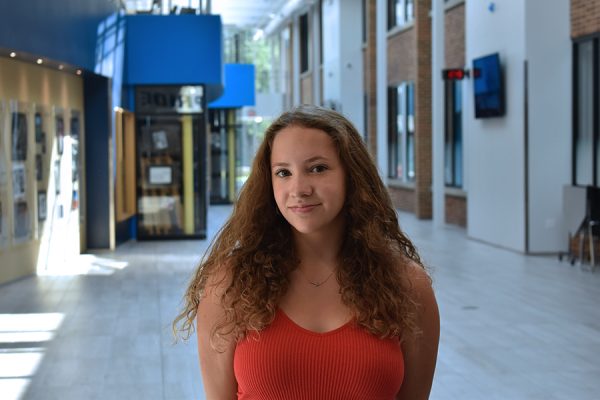
Maya Homberg, Editor-in-Chief
Senior Maya Homberg is an Editor-in-Chief, and this is her second year on the Blueprint staff. Homberg is an honor roll student and has been swimming for over 10 years. At DGS, she is the president of NHS and also takes part in ACE, Spanish NHS, Earth Action Club and Key Club.
Homberg joined journalism club during her sophomore year and has always shown a passion for reading and writing. She placed third at 2023 IHSA State in copy editing and was also selected as one of 13 Illinois students to be on the 2023 IJEA All-State Team. On top of this, Homberg has won a Best of Sno and multiple writing competitions, including IJEA Best Sports Feature Story.
In her free time, Homberg enjoys hanging out with friends, baking and traveling. She loves visiting other countries but dreams of seeing all fifty states. Homberg is looking forward to sharing her opinions and entertaining others through her writing.
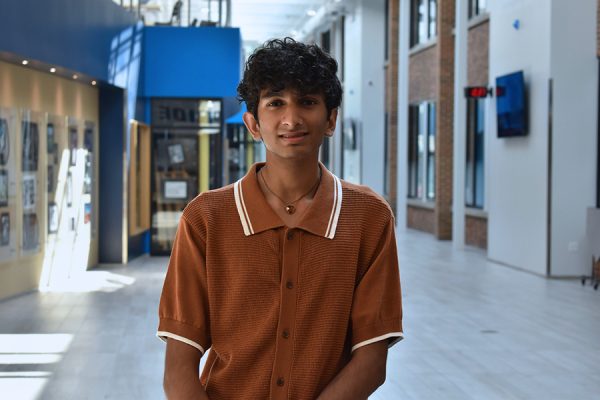
Sumit Shah, Graphics/Photo Editor
Senior Sumit Shah is a Graphics/Photos Editor on the Blueprint staff. In addition to being part of the Blueprint staff, Shah has also been a part of the DGS speech team since his sophomore year. He has participated in the 3D Visualization portion of the SkillsUSA contest his sophomore and junior year.
Outside of Blueprint, Shah spends his time listening to music and binge watching shows on Netflix. Shah found a love for drawing and designing in 6th grade and hasn’t stopped ever since. He always looks for new and abstract ideas to draw, looking for a way to reach the viewer’s heart.
Shah hopes to keep improving his design and writing skills during his time on the Blueprint Staff.









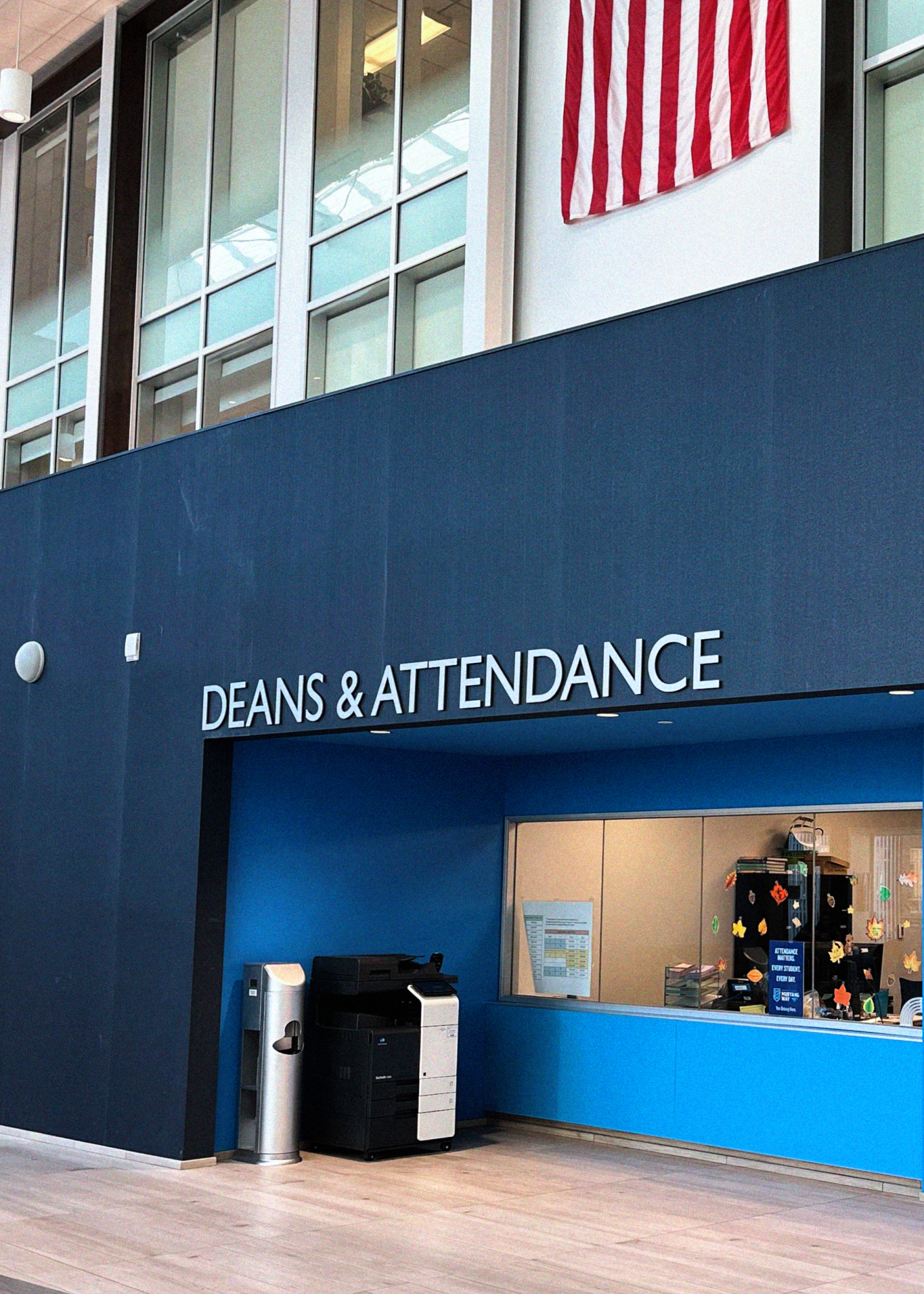
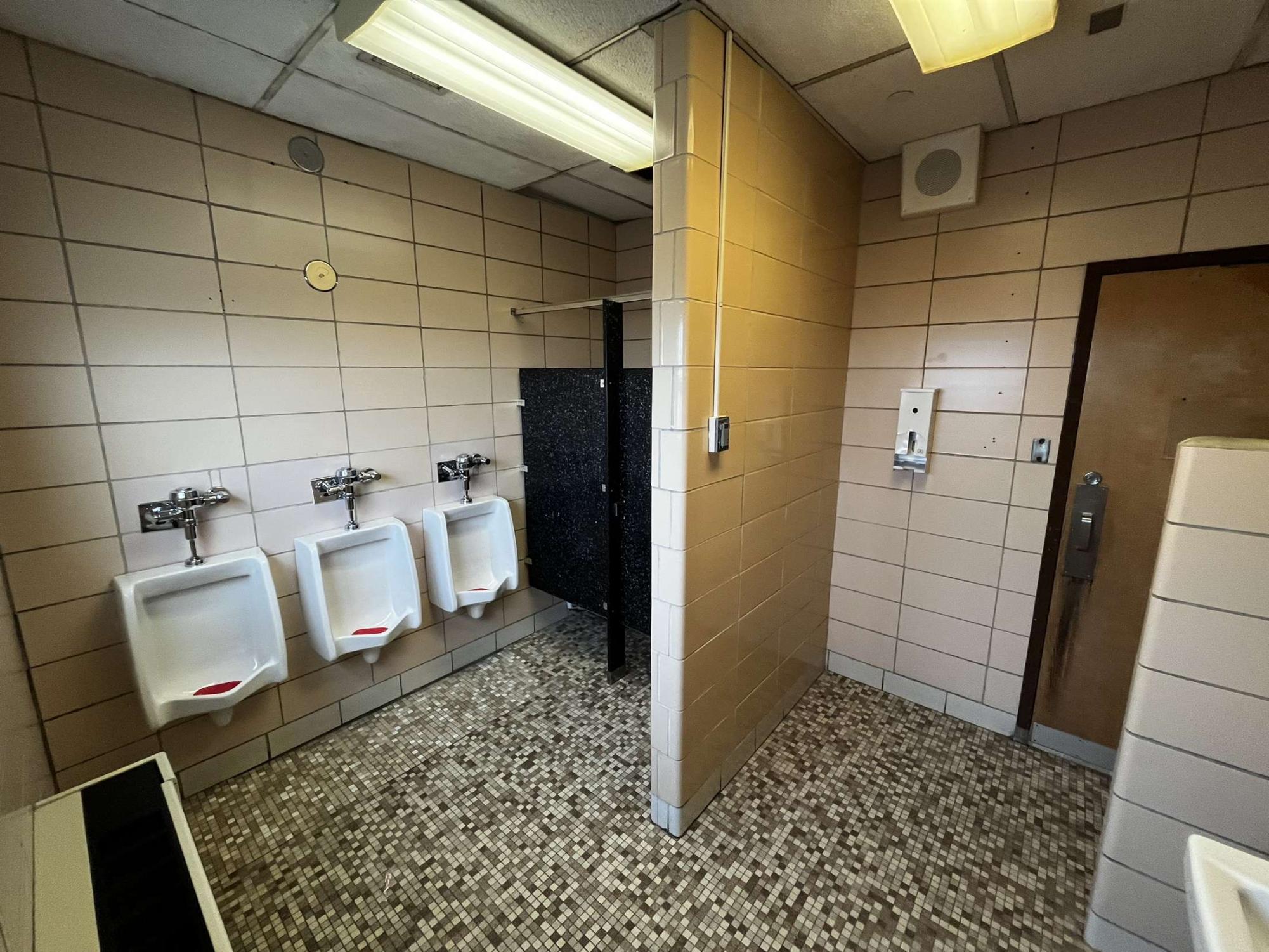
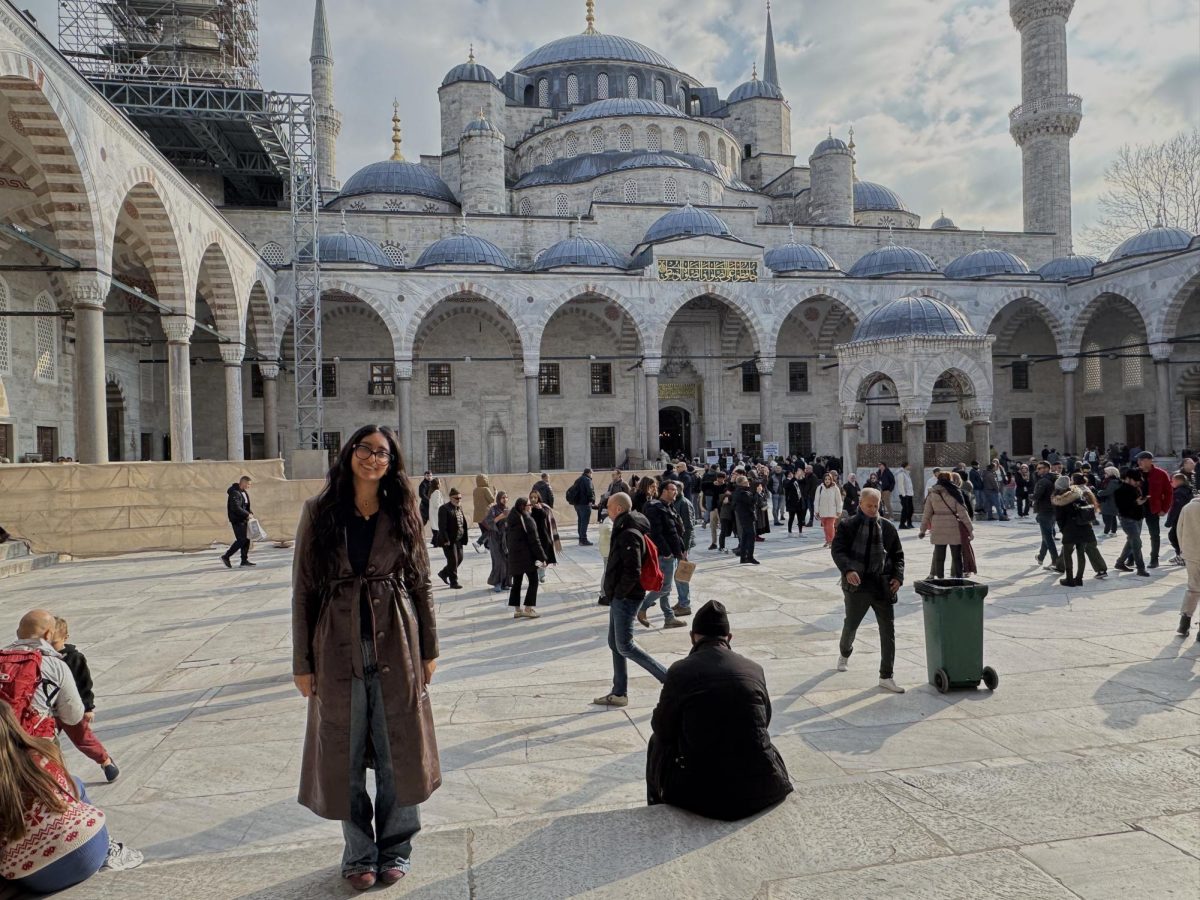
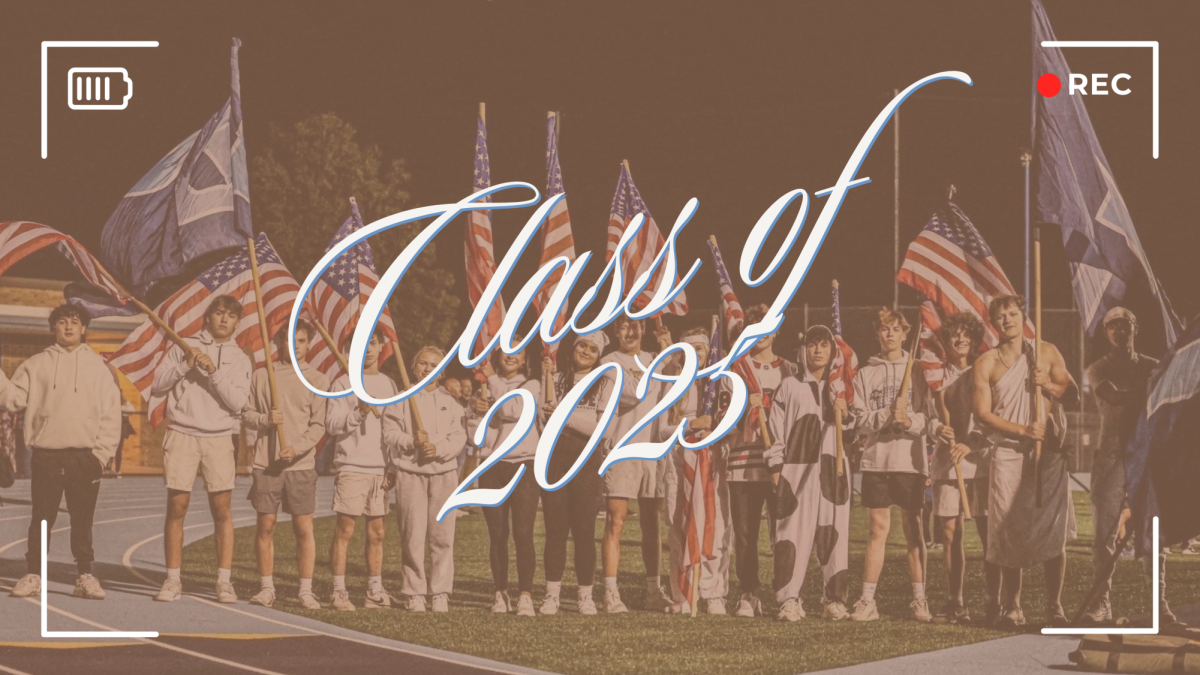
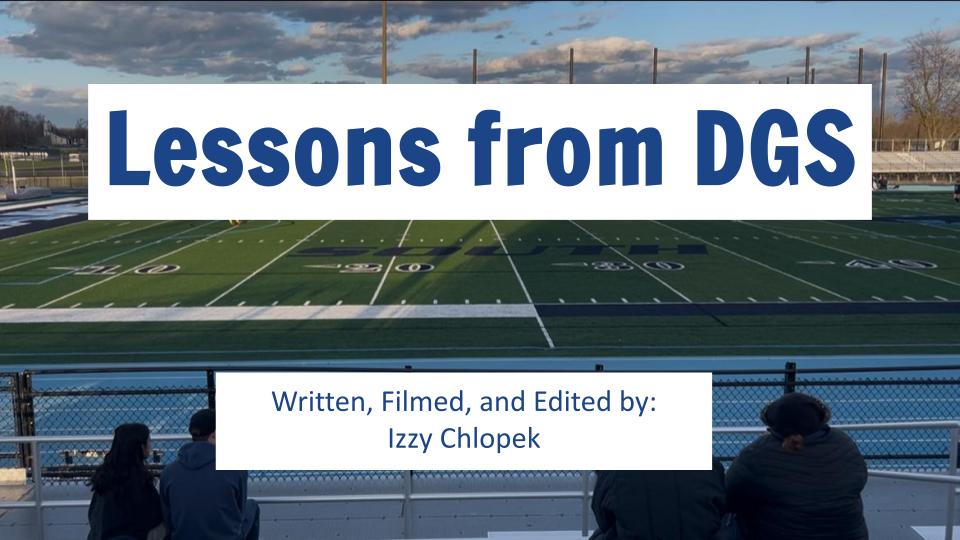
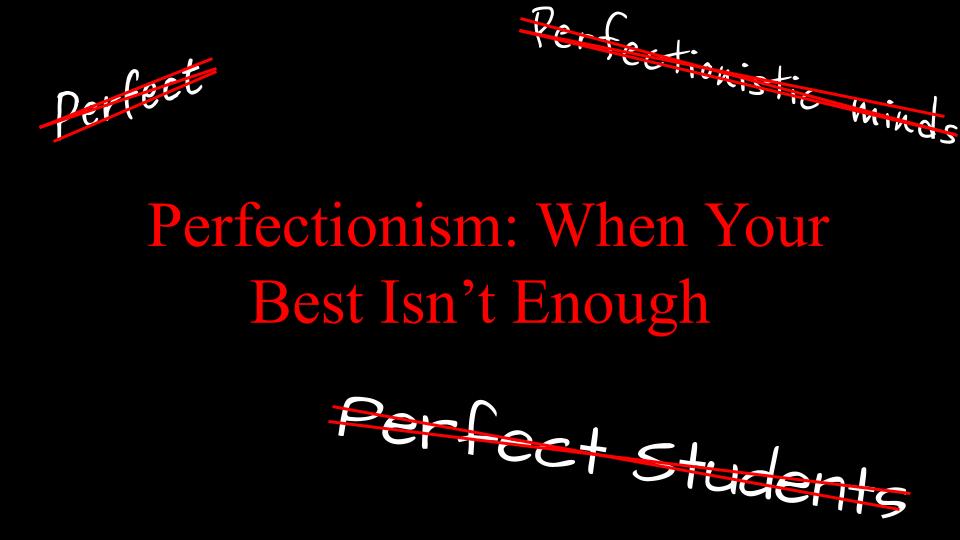
![In this documentary, you will learn how violins are made. All music is in the public domain:
Music Produced by Deutsche Grammophon, Medici TV, Heifetz Institute, and Queen Elisabeth competition
Paganini, Caprice No. 24 [Song recorded by Jasha Heifetz]. Heifetz Institute. (Original work published 1817)
Paganini, Caprice No. 24 [Song recorded by Jasha Heifetz]. Heifetz Institute. (Original work published 1817)
Bartok, Sonata No.1 for Solo Violin [Song recorded by Kevin Zhu]. Queen Elizabeth Competition. (Original work published 1944)
Paganini, Violin Concerto no. 1 [Song recorded by Philippe Hirshhorn]. Queen Elizabeth Competition. (Original work published 1819-1825)](https://southblueprint.com/wp-content/uploads/2025/05/Screenshot-2025-05-07-122429-1200x668.png)

